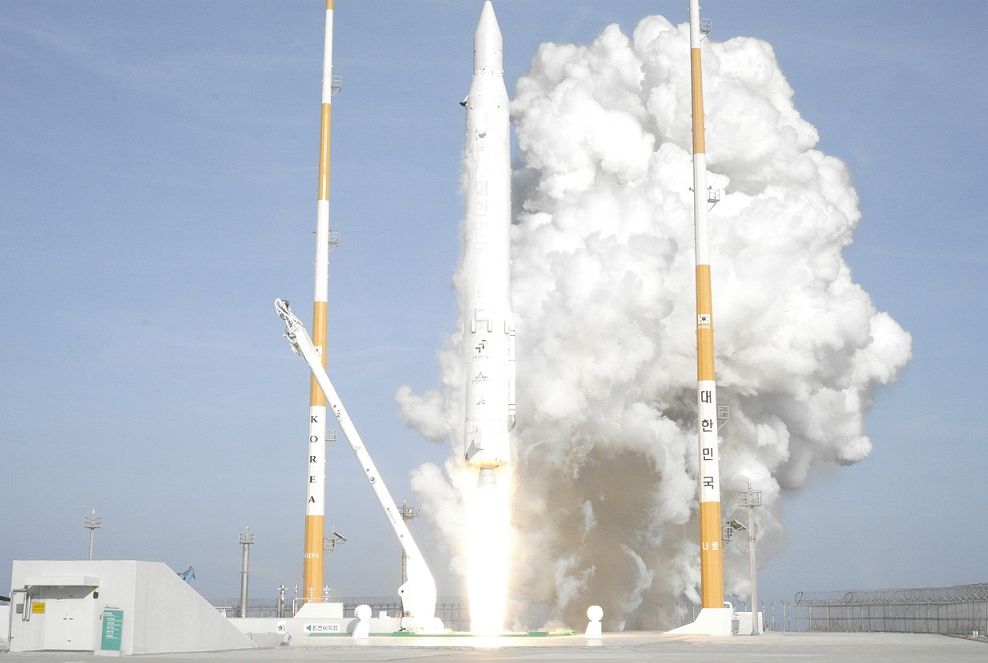The South Korean automotive giant, Hyundai Motor Group, has announced that it has started building an initial development model of a lunar exploration rover, signifying its entry into the booming space business.
In a press release published on April 20, the group said that it is developing a lunar rover in collaboration with major Korean research institutes in the aerospace sector.
With a wide range of businesses under its umbrella, including Hyundai Motor and Kia, and firms involved in logistics, steel manufacturing, construction, and robotics, the group is setting its sights on an ambitious goal.
The group aims to complete the initial development model by the latter half of 2024 and launch a lunar exploration rover by 2027.
Yong-Hwa Kim, who oversees the R&D Planning & Coordination Center at Hyundai Motor and Kia, announced in a press release that the conglomerate’s development of a lunar exploration rover marks a shift from land, sea, and air mobility to space mobility.

He further expressed the company’s determination to overcome the hurdles of venturing into space and achieve concrete outcomes by creating the lunar exploration mobility development model.
In July of last year, Hyundai Motor entered into a collaborative research agreement with six South Korean institutions that share a common interest in the aerospace industry.
The consultative body comprises diverse organizations, including the Korea Astronomy and Space Science Institute, the Korea Atomic Energy Research Institute, and the Korea Automotive Technology Institute.
With a diverse range of entities under its umbrella, the group is pooling its resources and expertise to make its mark in the rapidly-evolving space industry.
The consultative body’s main objectives will include defining the core technologies and concept of lunar exploration mobility and devising and reviewing specific strategies and implementation measures for moon-based operations.
Drawing on the combined knowledge and capabilities of both private and government sectors, the South Korean group is poised to make strides in developing lunar exploration mobility.
Details About The Lunar Rover
The proposed model for the lunar exploration rover is a compact, self-driving vehicle designed exclusively for traversing the lunar surface. The rover will be equipped with a self-charging system powered by solar energy and incorporate Hyundai’s advanced autonomous driving technology.
The group will focus on developing high-level technologies to address the extreme environmental conditions on the moon’s surface.
These technologies will include thermal management systems, radiation shielding devices, and durable metal drive wheels that can withstand significant temperature fluctuations of over 300 degrees Celsius between day and night.
The rover is expected to weigh no more than 70 kilograms and will be primarily divided into upper and lower sections. The upper section will be responsible for surface exploration, while the lower section will incorporate Hyundai’s cutting-edge driving systems technology to enable heavy-duty operations on the moon’s surface.
The vehicle is expected to carry a wide range of advanced technologies enabling tasks such as digging, excavation, and human exploration of the lunar surface for resources.

Ultimately, Hyundai said that the goal is to create a versatile and universally applicable mobility platform capable of handling a diverse range of payloads.
The development of the project comes roughly eight months after South Korea successfully launched its first lunar orbiter, the Danuri. The orbiter was launched into space on a SpaceX Falcon 9 rocket.
In recent years, South Korea’s space industry has been on an upward trajectory, with the number of jobs increasing from 6,708 in 2017 to 7,317 in 2021.
To further boost the sector, the government aims to double its annual investment in research and development to 1.5 trillion won by 2027.
The Ministry of Science of South Korea has identified several key investment areas for the country’s space industry. These areas include satellite data, navigation, medicine, and space-related energy and resources.
As part of its space program, South Korea aims to send a lander to the moon using a domestically developed rocket by 2031. Amidst recent setbacks its rivals faced, South Korea is ramping up efforts to advance its space program.
One such example is Japan, which was forced to delay the launch of its large H-IIA rocket from May to at least August because the rocket shares many of the same components as the H3 rocket that failed to launch in March.
- Contact the author at ashishmichel(at)gmail.com
- Follow EurAsian Times on Google News




